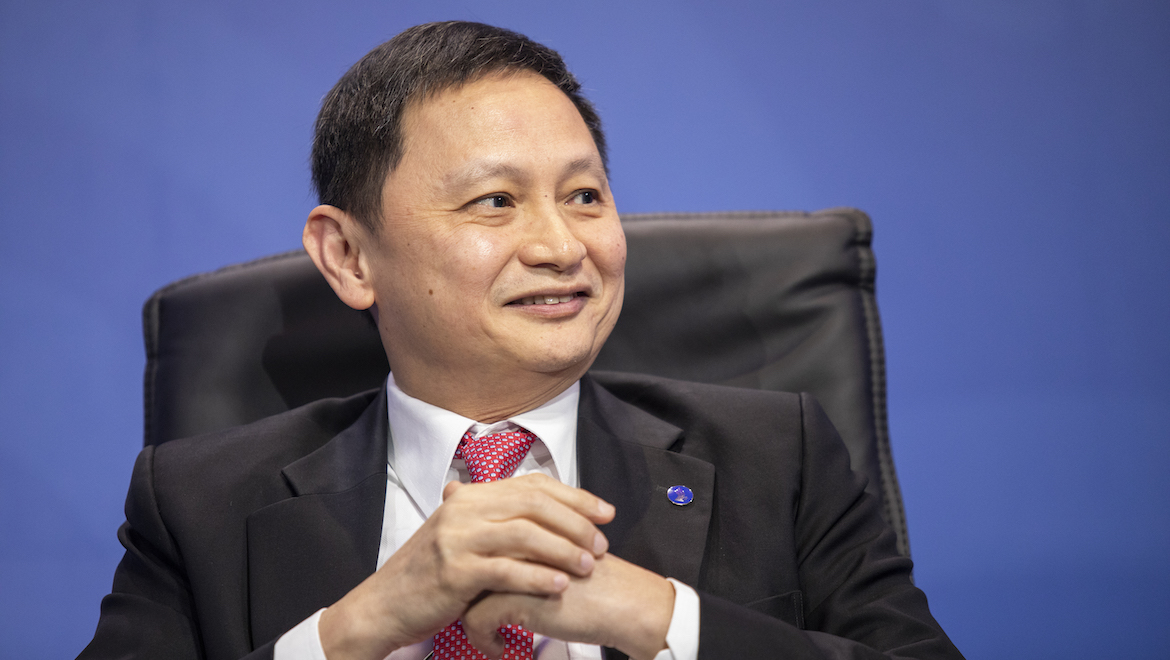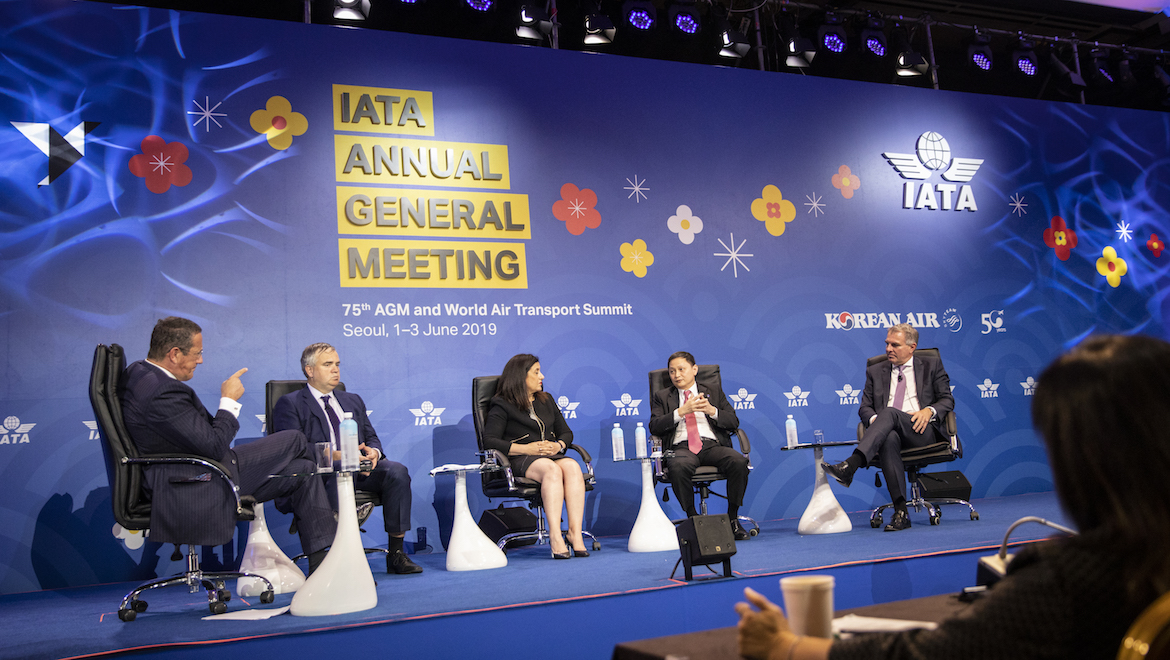
Singapore Airlines (SIA) chief executive Goh Choon Phong says the return to service of SilkAir’s Boeing 737 MAX 8s is dependant on acceptance from the pilot community and restored confidence in the aircraft from the travelling public in addition to the approval from regulators.
SilkAir, the regional wing of the Singapore Airlines group of carriers, has six 737 MAX 8s sitting idle at its Changi Airport hub following the grounding of the type by regulators around the world in response to two fatal crashes. There are a further 31 of the type on order.
And although the International Air Transport Association (IATA) has called for those re-certifying the Boeing 737 MAX for a return to service to work together, the airlines themselves are preparing for a split among regulators, potentially causing disruption and a loss of confidence among the travelling public and pilot groups.
“I would say at this point in time all the regulators, regardless of where they are from, should be working together in arriving at a solution that is safe for the industry, safe for everyone who travels,” Goh said during a panel discussion at the IATA annual general meeting in Seoul on Sunday.
“Of course, beyond that we will need the pilot community to be able to accept the solution and we need the public confidence to come back.”
Prior to the grounding, SilkAir opted the 737 MAX to destinations in Australia, Cambodia, China, India, Japan, Malaysia and Thailand.
It has taken the type out of the airline’s schedules until October 31 2019, and excluded the 737 MAX aircraft from its fiscal 2020 fleet planning due to the grounding.

Investigators of both the Lion Air accident of October 2018 and the Ethiopian Airlines tragedy in March 2019 have implicated an anti-stall feature on board the 737 MAX as a factor in both crashes.
Boeing has developed a software fix for the 737 MAX’s Maneuvering Characteristics Augmentation System (MCAS) that it has said previously added extra layers of protection from erroneous data out of the aircraft’s angle of attack (AOA) sensors.
The company has also updated its training program for pilots seeking to be qualified to fly the 737 MAX.
Both the software fix and pilot training have been submitted to the United States Federal Aviation Administration (FAA), which has to approve the changes and re-certify the aircraft before it will be allowed back into the skies.
While previous practice has been for regulators around the world to follow the lead of regulators such as the United States Federal Aviation Administratin (FAA) and European Union Aviation Safety Agency (EASA), there is growing unease over the US regulator’s conduct regarding the original certification of the Boeing 737 MAX since the twin tragedies in Indonesia and Ethiopia left 346 people dead.
In May, the European Union Aviation Safety Agency (EASA) gave its strongest indication yet it may seek to conduct its own assessment of whether to allow the 737 MAX to return to service.
It was reported EASA had set out pre-conditions that had to be met before the 737 MAX would be cleared to fly.
Lufthansa chief executive Carsten Spohr said he expected the 737 MAX would be first cleared to fly domestically in the United States before regulators around the world gave the aircraft its tick of approval.
However, a more coordinated approach was the preferable option.
“This is a global industry and it needs global trust,” Sphor said.
Goh too expected a gradual return for the aircraft, whenever that might be.
“I do not want to speculate how long it take because I really do not know,” Goh said.
“It’s likely that if it does start operating, it will be possibly and most likely today domestic USA. There could be a variation of that because a few other regulators could come along with the FAA.”
“For our case it would have to be at least a minimum viable set of countries that would allow the MAX to operate.”

IATA to hold second summit on 737 MAX
IATA held a summit in Montreal on May 23 attended by airlines who have the aircraft type in their fleet to discuss the implications of the 737 MAX grounding.
Another meeting is planned within the next five to seven weeks, with the participants to include airlines, regulators and the manufacturer.
IATA director general and chief executive Alexandre de Juniac said a split among regulators was not in anyone’s interests.
“The purpose of the meeting is to try to find alignment, strong collaboration, transparency on what is going to be done for re-entry into the service in the best conditions for everyone,” de Juniac told reporters on Sunday.
“The question of compensation is totally out of our scope.”
Qatar Airways chief executive Akbar Al Baker, who is the current chairman of the IATA board of governors, expressed “full confidence” in the FAA and EASA, as well as Boeing.
On the question of how long would it take for the industry to recover from the damage caused by the Boeing 737 MAX saga, Al Baker said the focus was currently on getting the aircraft back in the air.
“We are not taking this damage to the industry lightly. We know that a lot of our members have been affected but we don’t want to put the cart in front of the horse,” Al Baker said in response to a question.
“Once the proper findings and reports come out then I am sure the DG of IATA will give you the appropriate response to this question.”
Qantas group chief executive Alan Joyce backed Boeing to revolve the problems surrounding the 737 MAX.
“Boeing is a massively good engineering operation. They will fix this, they will get the problems resolved,” Joyce told reporters on the sidelines of the IATA AGM on Monday.
“Boeing and this industry is all about continuous improvement. When things go wrong we always learn from it and we always tray and figure out how we can make sure that that doesn’t occur again.”
“I have absolutely no doubt that the issues with the MAX will be fully investigated. It will be identified, it will be fixed and the aircraft will be a safe aircraft to operate.”
JetBlue chief executive Robin Hayes said the global regulatory framework in place for the past three decades or so had been largely successful in promoting a safer industry.










